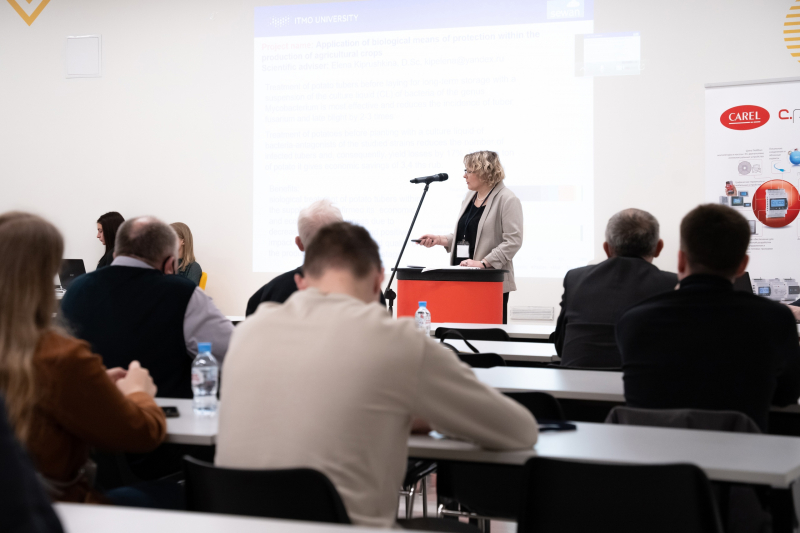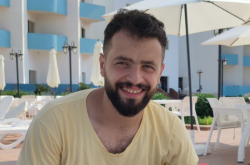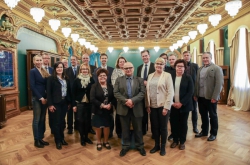Over 400 experts in the energy industry, water supply, biotechnologies, and green manufacturing took part in the International Scientific Conference on Sustainable and Efficient Use of Energy, Water and Natural Resources (SEWAN 2021) held at ITMO University in late April. The participants came from 22 countries including Russia, Kazakhstan, Ukraine, Latvia, Czech Republic, France, South Africa, Iran, Brazil, and China.
The first two SEWAN conferences were held in Tomsk and Irkutsk, and in 2021 the organizers chose St. Petersburg as their venue. “Conferences are meant to bring people together, which makes it important for us to find places that people would want to visit, and St. Petersburg is quite an attractive destination,” says Sergey Romanenko, professor at Tomsk Polytechnic University and co-head of the conference’s organizing committee.
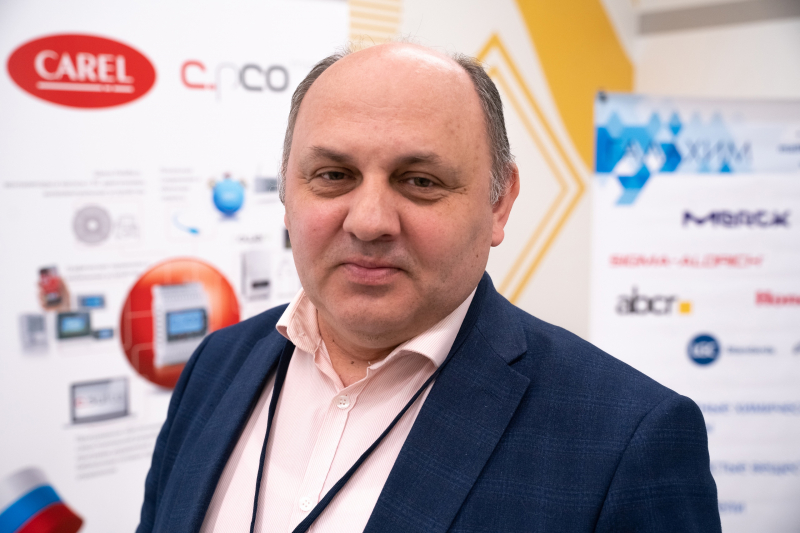
“At the conference, we discussed the issues of introducing clean technologies in the energy industry and other sectors of the economy, as well as sustainable development,” comments Igor Baranov, head of the School of Biotechnology and Cryogenic Systems and co-head of the conference’s organizing committee. “That’s why the research initiatives at our School – in biotechnologies, greentech, and industrial symbiosis (using waste from one plant becomes raw material for another) perfectly fits into the key topics of SEWAN 2021.”
COVID repercussions for the energy sector will last years
Just like most of the conferences held over the past year, SEWAN touched upon COVID-19. Coronavirus has drastically affected the global energy industry. The researchers believe that it will take years to recover from the pandemic and the associated restrictions.
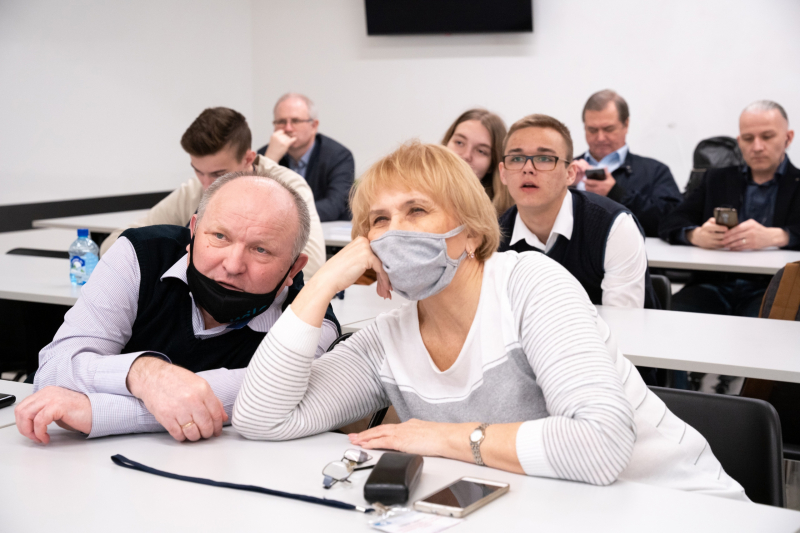
“According to recent approximations, the global energy consumption has decreased by 8% and the recovery will take years,” explains Sergey Romanenko, whose presentation focused on the effect coronavirus had on the energy industry. “Some forecasts say that we will only reach the energy production level of 2018 by 2030 or even later. The reasons are fairly simple: the lowered energy consumption by the industry and transport. For instance, air travel constituted about 60% of all energy consumed by means of transportation. The amount of flights has dropped off by several times. Although, naturally any kind of forecasts will have to be adjusted to account for this year. Many things will depend on the pace of recovery of global mobility.”
At the same time, when evaluating the prospects of the new increase in energy consumption, we have to keep in mind that some fields might have undergone permanent changes. For example, more and more companies increase the number of employees working remotely, which means that there is no need in servicing office spaces. People started to opt for deliveries instead of going to shops themselves, which might also affect intercity shipping, as well as the work of regular supermarkets.
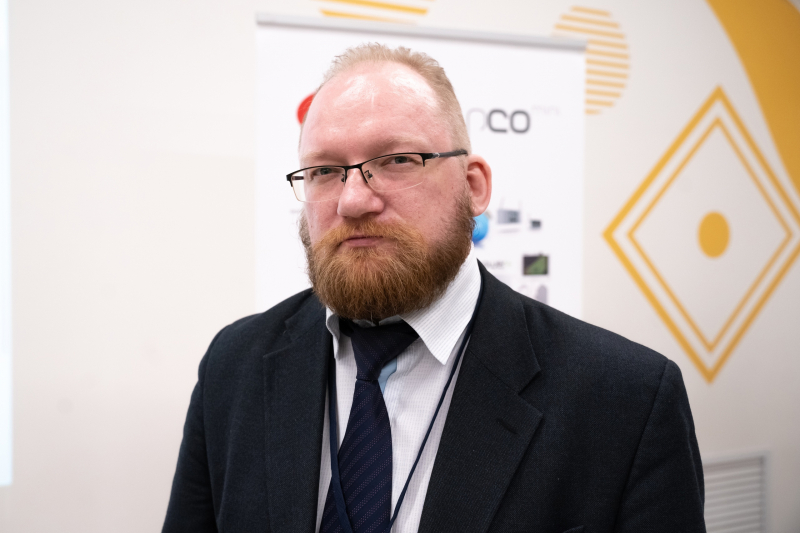
However, there is also an upside – it was not only the energy consumption that was cut down. Researchers have also marked a decrease in nitrogen, greenhouse gases, and microparticles emissions. “In Europe, the decrease was about 10-40% depending on the country,” notes Sergey Romanenko.
We know how our sausages were stored, but have no idea about the storage conditions of vaccines
The pandemic has not only created new conditions for the fuel and power complex. In many fields, it has brought to the forefront the problems that had existed for a long time but did not get any public attention. One of these problems is controlling the storage conditions of drugs and vaccines, most of which require special temperature conditions.
According to Andrey Bruk, a participant of the conference and managing director at Carel Russia, food retail has a long-established system of tracking the temperature of refrigerated products from production sites to the selling rails. However, this is not a widespread practice in healthcare.

“So, we know how our sausages were stored but have no idea about the storage conditions of the vaccine we’re being injected with,” marvels Andrey Bruk. “That’s why the efficiency of one and the same drug can be different in the lab and in the field. Something that has a 97% success rate at the lab, can be cut down to 80% in real life just because of the lack of control for temperature in medical refrigerators at pharmacies, hospitals, and vaccination stations. We need a system that would allow us to make sure if the necessary temperature conditions were maintained.”
Andrey Bruk believes that in order to achieve it, medical refrigerators have to be equipped with the Internet of Things technologies. That way they would be able to automatically send the data to a unified data collection center.
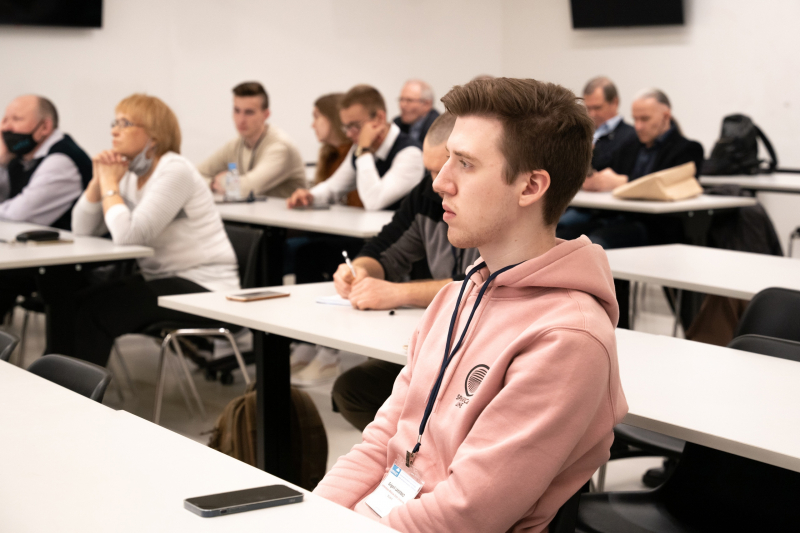
“These data could be operationalized by governmental structures like the Federal Service for Surveillance in Healthcare or the Federal Service for Surveillance on Consumer Rights Protection and Human Wellbeing, which would be able to detect that at a certain refrigerator in a hospital the electricity shut down at night. In this case, the specialists could visit the hospital to make sure that the drug that spent the night without refrigeration is not used on patients, but was disposed of,” concludes Andrey Bruk.
Creating active consumers in energy supply systems
Presentations also featured the topics more common for SEWAN, such as new energy technologies, energy saving, and reducing fuel consumption for heating. Thus, Ivan Postnikov, a senior research associate at the Melentiev Energy Systems Institute of the Siberian Branch of the Russian Academy of Sciences in Irkutsk, made two presentations on heat supply.
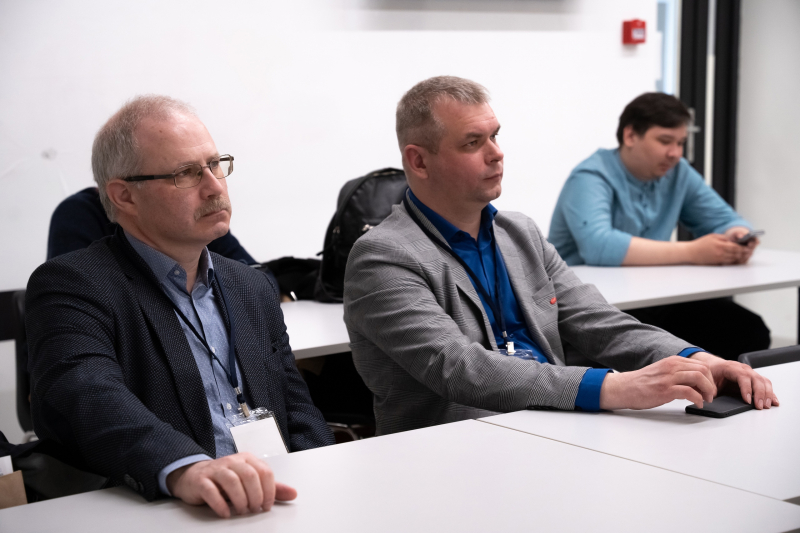
For instance, he talked about creating an infrastructure for active consumers in the energy supply system. “Creating such consumers means implementing the systems that would enable consumers to efficiently distribute the system load themselves. For this, we need to create the infrastructure for this system load management, we need storage for heat energy, and built-in energy sources. These sources would have to cover not the whole load but only consumption peaks,” says Ivan Postnikov.
In his other presentation, Ivan Postnikov raised the issue of effective radius of heat spread from central heating and power plants. In other words, how far can a house be from the plant in order for its work to be efficient – and how far is too far, which means that a separate house heating plant has to be built.
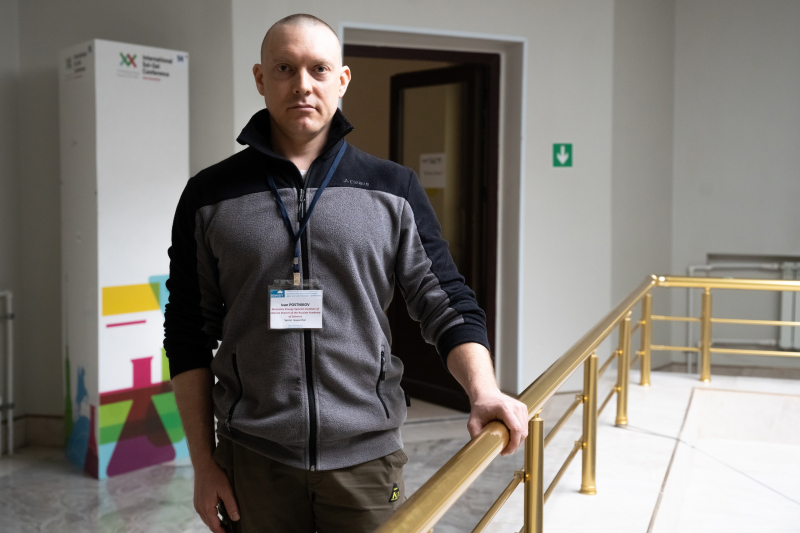
“There are ways to get these metrics, but they can only give us approximate evaluations,” explains Ivan Postnikov. “They will only work if the system load is spread evenly, which never happens in real life. A block of buildings constructed 40 years ago will have a different energy load from the one built 30 years ago, these are, after all, completely different buildings with different losses and utility lines. Landscape variations also account for uneven system load.”
Researchers from Irkutsk proposed a new methodology for calculating the effective radius of a heating and power plant. It’s a complex formula that accounts for building types, age of utility lines, landscape, as well as the type of fuel used at each particular station. If applied, the formula should allow specialists to adequately calculate energy loads and make decisions on building separate house heat plants.
You have both your air conditioning and your heating on
ITMO University has also presented its relevant research projects at the conference. Thus, Olga Rumyantseva, deputy head of the School of Biotechnologies and Cryogenic Systems, talked about the most topical initiatives of her colleagues.
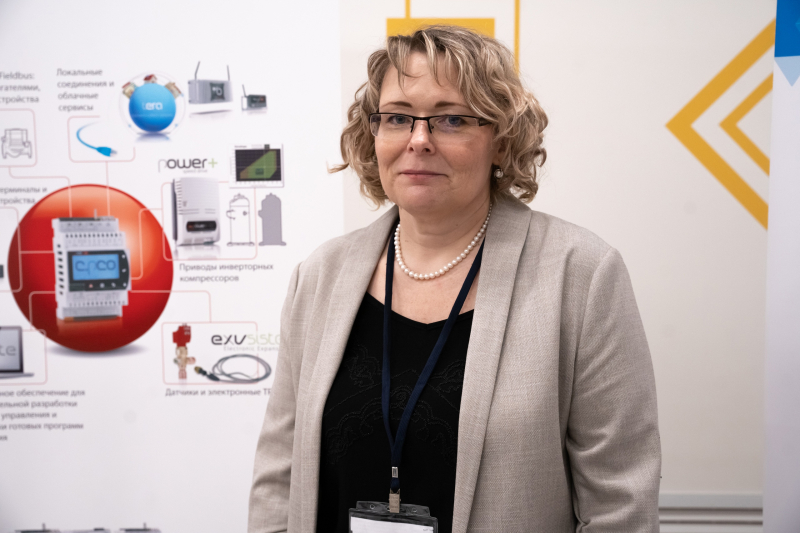
For instance, there is a concept of single-house energy hubs that will effectively spread heat currents inside residential and non-residential buildings. “It is now often the case that we have both air conditioning and heating on. We spend the energy twice – to create the unnecessary heat and to take it away. Energy hubs will prevent such scenarios by evenly spreading heating and cooling currents in the building,” tells Olga Rumyantseva.
In total, over 20 projects were presented: systems tracking energy use in cryogenic systems, biofuel produced from hogweed, as well as detecting optimum cryosauna temperatures and others.

Ekaterina Tambulatova, head of the Faculty of Energy and Ecotechnology, spoke at the closing ceremony of SEWAN 2021. “The issues of energy efficiency and energy saving, sustainable development and lowering human impact on the environment were raised in presentations at the conference. These fields aim to solve the global tasks of today and tomorrow, they also reflect the human social responsibility to develop green technologies in Russia and around the world, which is a crucial component in the collaboration of science and society,” she concluded.
